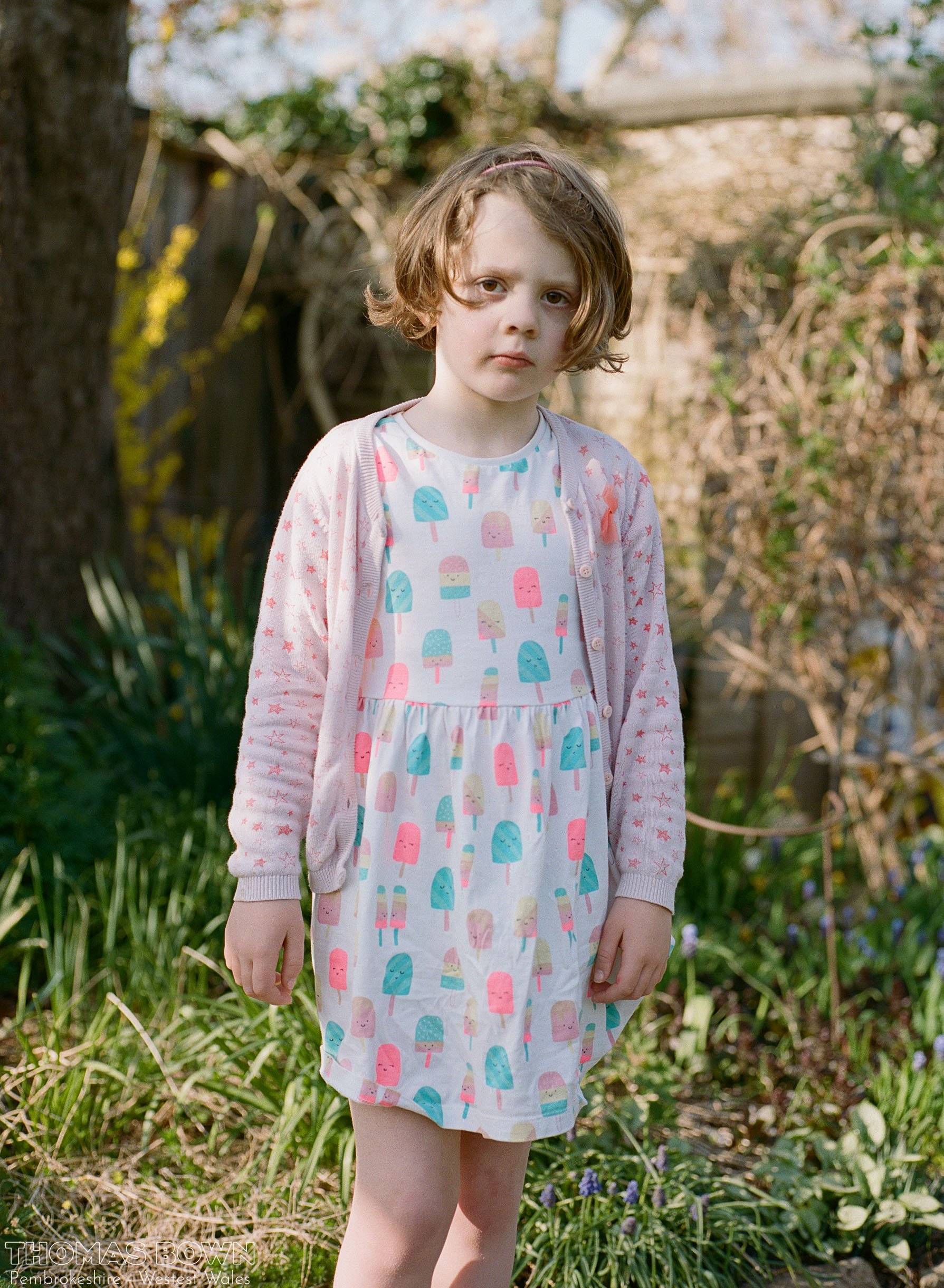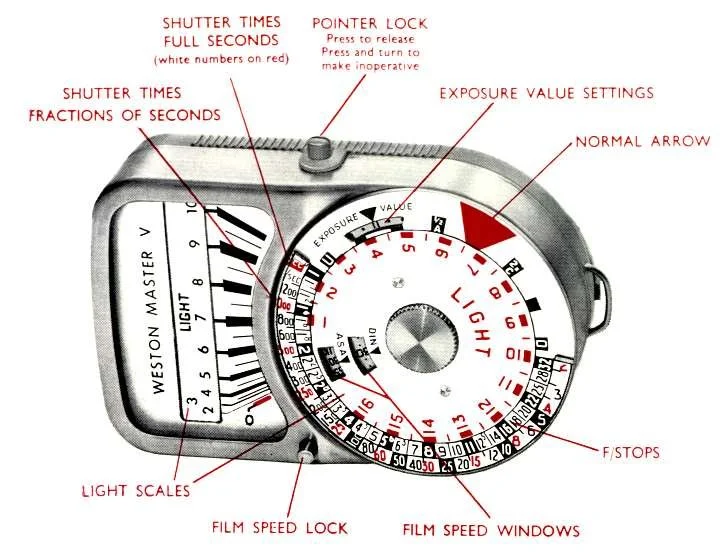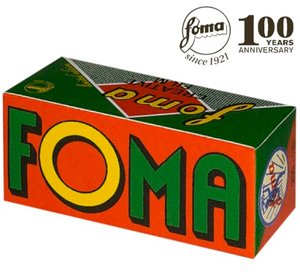Password to watch : Cleddau
I’ve been out with the drone recently working with artist Tim Williams on a film about the River Cleddau here in Pembrokeshire. As with lots of watercourses in the UK, the Cleddau faces various threats from farm waste, industrial effluent and sewage. The idea was to follow the river, and the plight of piece of common plastic waste as it made its way from a small tributary to the open sea beyond Milford Haven. Tim conducted a number of interviews with long time users and observers of the river to make a record of their thoughts and memories of the river and their feelings about its plight. The river is a favourite part of the county for me, and often overlooked by visitors and locals alike. A spotlight is now beginning to be shone on it as part of a wider movement of concern for our waterways.



















